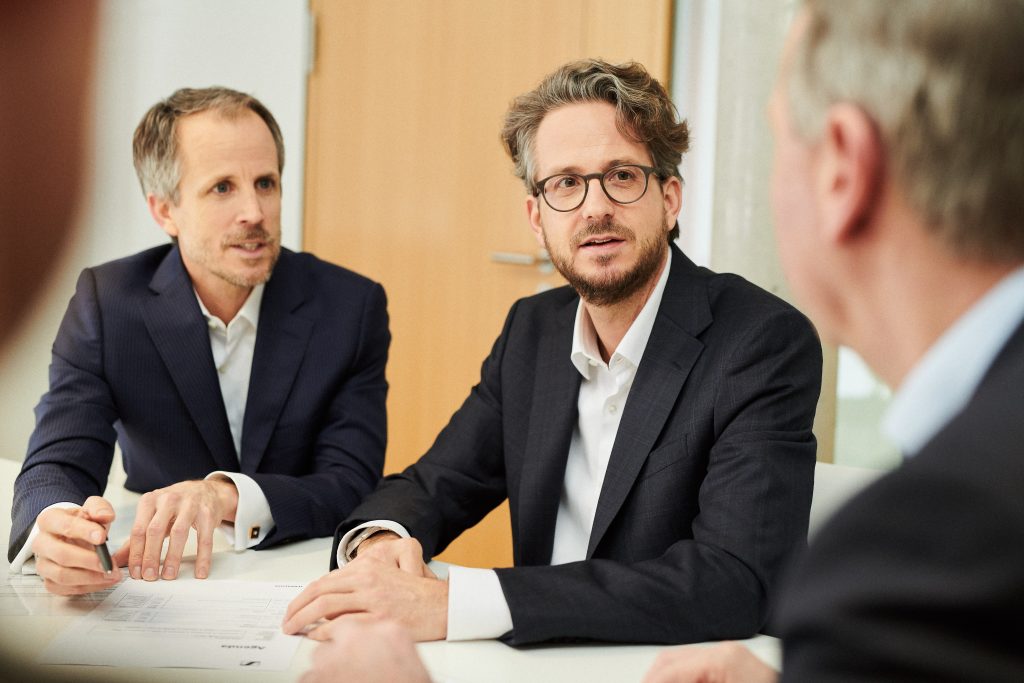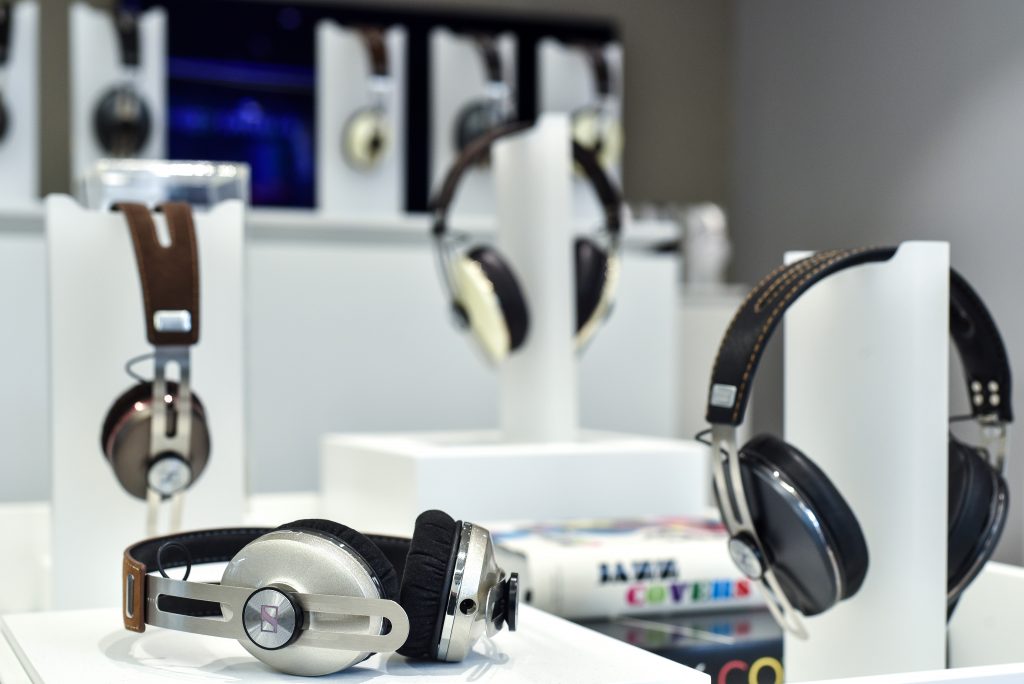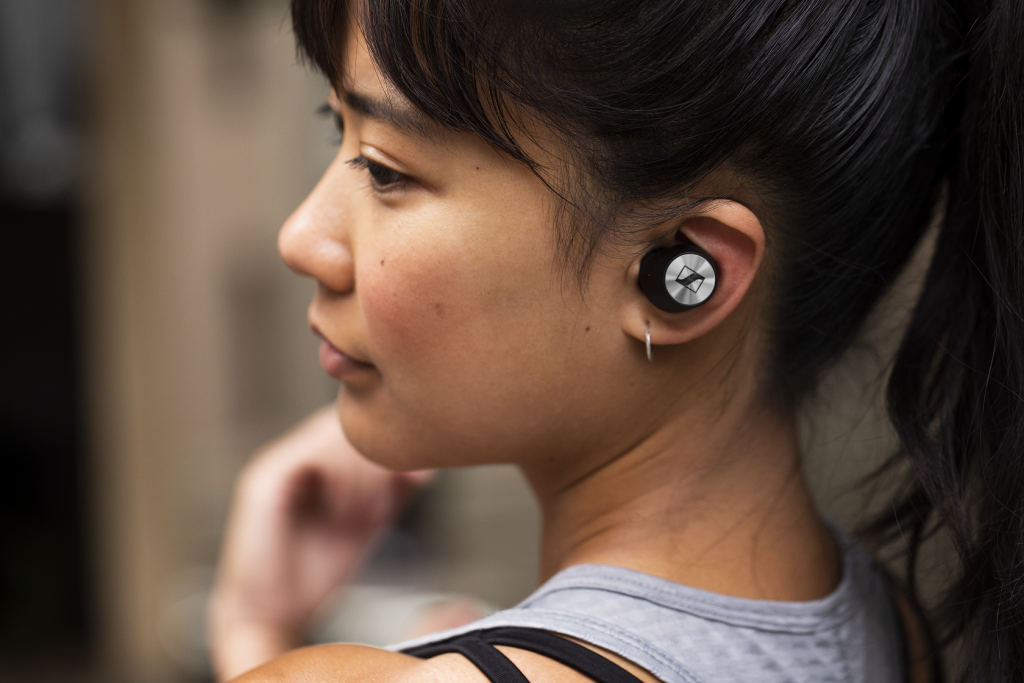Daniel and Andreas Sennheiser are the Co-CEOs of Sennheiser, a German-based company that produces premium audio equipment for personal, professional and business applications with a rich history in the industry.
We were honoured to speak with the Co-CEO brothers about what it’s like to run the company side by side, a look into the inner workings of the business, and the future of their products and technology.
What is it like to work as Co-CEOs of a leading enterprise in the sound industry? Are there any particular challenges and opportunities you’ve found?
Being Co-CEOs and at the same time two brothers who come from very different backgrounds is special and quite an asset to our company, especially in an industry like ours that has gone through quite a significant transformation in the past 15 years. Andreas comes with a background in engineering and logistics; Daniel comes with a marketing and design background. Together we are looking at the industry, the problems, our customers and the products from very different angles, but then we make decisions together because ultimately, we own it together.
There is also a personal element to running this together, and it is a privilege to be working with my brother and have the chance to not only inherit this responsibility, but to share that for our future generations.
What has been Sennheiser’s journey since you were both promoted to CEOs in 2013?
One of the strongest themes that we have been driving is to strengthen our innovation spirit on the one hand, to make sure that despite the success of the past that we're still eager to reinvent the future of audio. The second is that we want to significantly strengthen our professional and consumer divisions to give them more responsibility in the market, and so we can actually run two companies within one with their very specific challenges and solutions.
Can you tell us more about your roles at the company prior to this promotion?
It's important to know that we entered the company both with significant outside experience in different areas - in Daniel’s case, design and innovation, and then going through several steps for strategy, finance, and so on, to really know the company inside and out.
In the case of Andreas, he came with experience in logistics and the supply chain, and also worked through several steps within the company. We've both come through finance because that is the part where you learn the most about how a company functions internally. We both have a significant passion for our customers, so we spend a lot of time with them, which began before we took on this role but especially now as CEOs.

How do you go about sharing/distributing responsibilities? Do you have strengths in different areas of the business and ownership?
This is something where we believe we are unique, as I don't know of any other companies with co-CEOs that don’t assign individual responsibilities between them. In our case, we decided not to split responsibilities despite our different areas of expertise, because we can look at the same problem with different eyes—from engineering eyes versus a more creative and design eye—and the solution that we can make benefits from not splitting the responsibilities, but sharing everything together.
How would you describe your individual leadership styles – does it differ between you both?
We have commonalities and differences: what we share is a very collaborative style because we are, ourselves, collaborative with each other, but we are also very non-hierarchical. We try to be collaborative with everyone in the company to create an environment where people can thrive, live in autonomy, use their skill sets and share a common purpose. Our job is mainly to create a space, give direction and purpose, and then for people to work together and make great sound experiences happen for our customers.
After that, we do have differences in style: Andreas is particularly good when it comes to focusing on details or what an engineer is typically good at, whereas Daniel is looking at the big picture from the outside first, and then zooming in. Having a little bit of difference helps, but in general, the collaborative leadership style is really what makes us successful.
Are there any lessons or inspiration you take from Sennheiser’s history as you lead it forward?
There's a lot of inspiration that we take from our history because, going back to 1945, the company was founded by our grandfather from a research institute. At the time, generating new knowledge and inventing things was the be-all-and-end-all of the company, and that innovative spirit that was created is something that we brought forward and continue to have today. This means sometimes doing things beyond the commercially necessary, just because we can, and because it gives us more knowledge. This is something that we've always done and always made us successful.
At the same time, really focusing on what our customers need, which was as true as it was in the 50s and 80s when we worked with a lot of artists such as Prince, and nowadays more artists such as Ed Sheeran and P!nk. We really focus on what their needs are, which has always been a driving force of Sennheiser.

What is the key to Sennheiser’s long-standing success?
I would say that customer-focus and our long-term vision have been fundamental to our success. On one side, we focus on the wants and needs of our customers, but on the other, from a technology standpoint, we always need to think about what we can do in the next 10 years. We have projects that run for 10 - 12 years, for example our AMBEO program where we have 20 years of history and research all coming together in the future of audio which is 3D immersive audio. In the past, we have done this process to stay true to what we think the future will be, and we always check with customers on how it needs to be delivered and the right timing, as working together closely with customers enables us to do this successfully.
What is your overall vision for the company and industry in the years ahead?
A very strong trend in the music industry and often other industries is connectivity, the network and the integration of our solution into larger ecosystems, all of which is key. It's not under a standalone product, neither on the microphone side nor the headphone side, but is more to do with elements in the Internet of Things which you need to seamlessly co-operate with all the other ecosystems, be it Apple or Android for example. It’s definitely one of the biggest trends right now that everything goes wireless, and with that, our overall vision for our devices is that they get much smarter than they are right now. They will have contextual awareness that they can adapt to and can become a daily companion that provides its services throughout the day, rather than just a product that you use once in a while.
How are current and future advancements in audio equipment achieved? Can you give more insight into the technology and innovation behind it?
The key here is to really understand the customers in our three areas of business: in the consumer industry, where we mainly have an audio-consumer who is listening to music or interacting with ecosystems and devices etc; the professional business, which is mainly microphones and wireless microphones enabling performers, or artists to be successful; and the third area which is enabling seamless integration and good intelligibility for distributor teams. In all three areas, the key is to have a rock-solid hardware platform, which we have almost 75 years of experience in, and then to add a lot of software functionality to it. This is where differentiation takes place by really investing in intelligent solutions that are customer-based, and the rock-solid hardware which is the backbone of all our solutions can really deliver the added service.
One of the consumer changes that we had in this area is compared to 10 years ago, when consumers were delighted by interacting with complex technology and being able to make a lot of work themselves. Now it's different—now people are delighted by a product that doesn't confront them with technology challenges, but a lot of great value, so all the technology and innovation that we need on the engineering side should be hidden behind a very seamless user-interaction on the most intuitive level imaginable.

How would you describe the future of the company and your products? Is there anything exciting on the horizon that you can share with us?
There are two great products that have just seen the light of day: one is our AMBEO product, which we call the AMBEO Soundbar or multi-speaker system in one box which has just started shipping recently, a product that has been acclaimed to be the best of its kind worldwide for the home use of immersive audio entertainment and film.
Another great product that has just hit the market is our new Team Connect Ceiling 2, a ceiling microphone for meeting rooms, which is smart enough to follow every speaker in the room, from a single speaker to up to 10, 15 or more, and delivers perfect audio quality.
Not to forget our MOMENTUM True Wireless, which is another very successful product where we've got all the basics right. Through wireless, the products have been straight in the market and the Sennheiser solution has all the elements for a great experience that everyone has expected from Sennheiser — it looks great, has wonderful audio performance and at the same time, great connectivity and battery performance.










